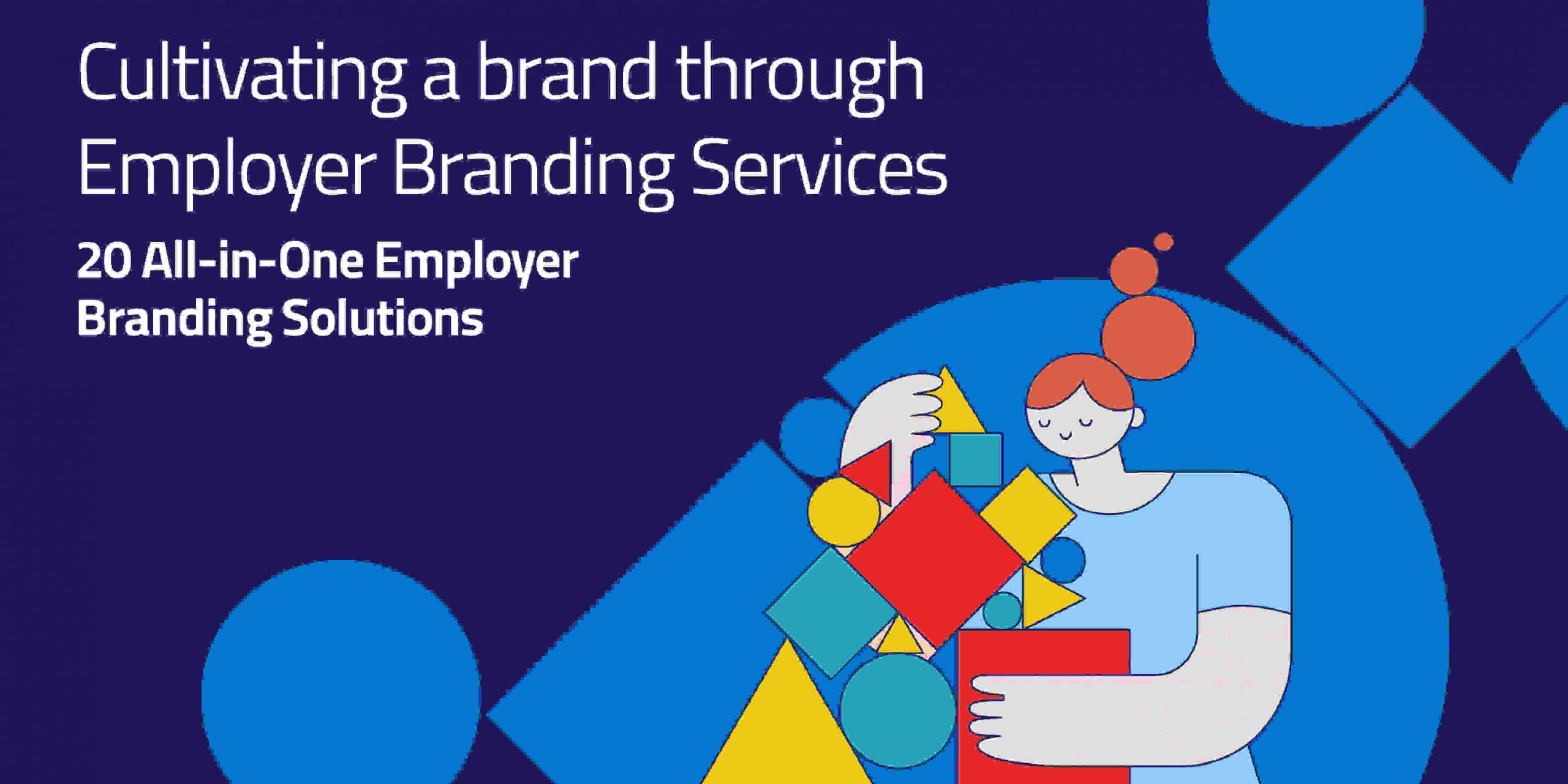
Sourcing the Right Talent for Your Organization: Know How Talent Acquisition and Employer Branding Works
“If each of us hires people who are smaller than we are, we shall become a company of dwarfs. But if each of us hires people who are bigger than we are, we shall become a company of giants.”
— David Ogilvy
The world is a giant bowl of talents that remain veiled from our eyes. The hiring season gives us a little preview of what an enormous size this pool is every year. Yet, when it comes to talent acquisition and hiring, organisations often settle for a handful of active brains. How about we tell you that this is going to change?
Talent Acquisition and Retention strategies are evolving as we usher in the new era of recruitment framework. After almost three years of chartering the uncertain dominion, the organisations have learned the importance of pre-planning and need-based hiring. Hire what you need in reality and optimize that talent to build your brand into a successful enterprise.
Now, you must be wondering how do we accomplish this.
The feat is a big one. But, with some help from our end and small inputs from yours, we can find the best roadmap that leads to the best talent hiring and retention.
Take a look!
Five Tricks that Work With the Young Talent
1. Retention and Growth Model
The first thing a fresh-out-of-college graduate would look out for is their future. Wherever this job opportune is leading, the said individual and how their place fits into your future model is important. So, before you lay down your recruitment essentials, it is important that you also pitch in your plans for their growth and training.
Usually, the active talent or the creamy layers go after a highly rapid growth model, which includes their career graph as a marker for development. If they see the opportunity and growth, a boost in monetary and non-monetary benefits, and expansion of their talent spectrum, they will stay for sure.
2. Scope and Approach
Scope and approach altogether form the “intangibles” of your company policies. It includes how you recognise talent to value, talent to nurture and passive or critical talent. Based on this list, your scope improvement and training approach should move your talent acquisition and employer branding forward. Thanks to the internet, all these inner mechanisms are public for your potential hires to see and compare.
You can take cues from the modern marketplace methodology where the models have included policies that evaluate all of this, builds a strategy, and imparts a company culture that treats each section, sub-sections etc., without any unconscious bias.
3. Well-Explained Incentives

In the end, monetary benefits are the ones which rank high as compensation for the skill set a talent brings to the table. Still, there is more to this. A talent would also look for the non-monetary benefits, company policies, culture, and brand name on their CV.
This is where Employer Branding strategies kick in. You can use your best HR minds and develop a brand image that ticks all the right boxes. If done correctly, employer branding is more than enough to make your placement drives successful.
4. Policy Implementation
Having a policy is one thing; implementing them holistically is another. As a brand, your policies say something about you, especially when hiring the right talent. From the outer circle, your policy frameworks and how you ensure their implementation is fundamental.
Talent communities often compare your policies with those of your rivals before joining them onboard. This does not mean, that you have to compromise your company values or just relax the rules or regulations. Instead, focus on diversifying and changing them with time as per the talent recruitment and employer branding strategies. An archaic policy is the death of the employer branding strategies you have been developing thus far; remember that.
5. Fairness and Employee Well Being
We are working in the era of a knowledgeable and active talent pool. This talent pool is cognizant of its roles and duties, but more than that, it knows how to stand for its overall well-being. As a brand, it is, therefore, essential that you ensure their well-being in both professional and personal spheres.
Conclusion
Regardless of the era, organizations still need talent acquisition and employer branding. The ball still is in your court. You just have to do justice to the responsibility and accountability it expects of you.
As a brand seeking young talents, you automatically become their nurturers in their formative years. Hence, it is equally important that your working modules, job requirements and skill sets also include their inputs. After all, they are the minds that form your brand when arranged in a network. Use them correctly, and you are good to go.
Frequently Asked Questions(FAQs)
How are Employer Branding and Talent Acquisition linked?
The secret to simplifying the hiring and talent acquisition procedures is employer branding. It lays out all the aspects the brand must highlight and provides the necessary personnel with a glimpse into the workings and benefits of the business.
Are Employer Branding and Employee Value Proposition the same?
No, there is a thin boundary between employee value proposition and employer branding. Employee Value Proposition and Employer Branding both have hiring in mind. However, Employee Value Proposition delves into the nuances of employing the recruited talent to make the same branding simple, whereas Employer Branding concentrates more on the brand.





